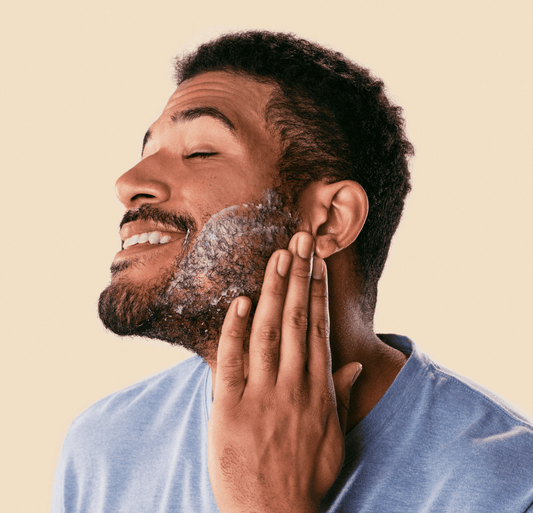Why Do I Get Random Lone Hairs in Weird Places?
A dermatologist explains why that one long black nipple hair is longer than the rest.

We all have a few rogue body hairs that don’t abide by the rules: The random loner on top of the ear; the billowing straggler on your otherwise bare upper arm. They’re longer, coarser, curlier and usually darker than their neighboring fuzz, but what’s going on underneath the skin that allows these hairs to tower over the rest? Dermatologist Shari Lipner says it’s one of life’s frustrating mysteries, but she does have a plausible theory as to why we get them.
“It’s probably caused by a combination of genetics and hormones that cause a change in the hair cycle,” Lipner explains. “As a result, this lone hair follicle has a longer anagen phase, which is the phase during which the hairs grow [before it proceeds to shed].” In simpler terms, our body is covered from head to toe with hair follicles, and some random mutation has allowed that one follicle more time in its life cycle to sprout a longer and thicker hair than its nearby compadres.
You’ve probably noticed that these dark strands are most commonly found sprouting from moles. That’s because the cluster of pigment-producing cells (melanocytes) that give moles their dark hue stain the hair as well. Hair that’s packed with extra pigment also tends to be coarser than light-colored hair, which is more reason the hair growing from your mole is thicker than its neighbors.
If you want to get rid of these solitary hairs, tweezing is probably your best bet — this removes the hair at the root, giving you more time to enjoy your hair-free self before it grows back. Or, you could undergo laser hair removal, which permanently eliminates the buggers. Alternatively, you could just give each of these rogue hairs their own names — they’re with you for life, so you may as well enjoy their company.



